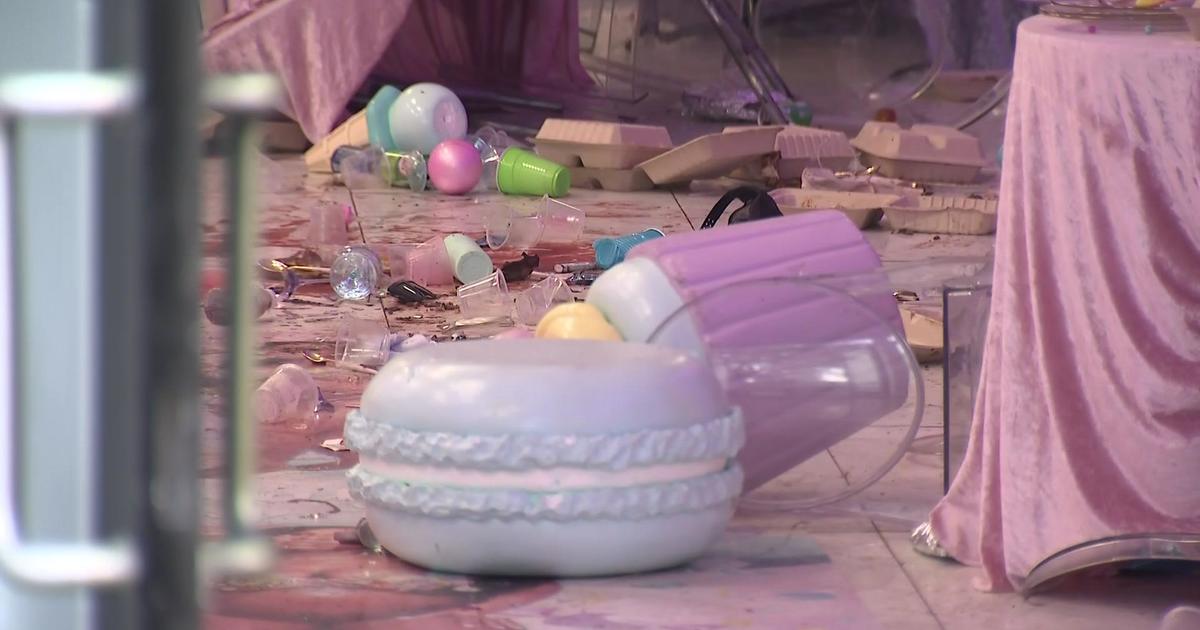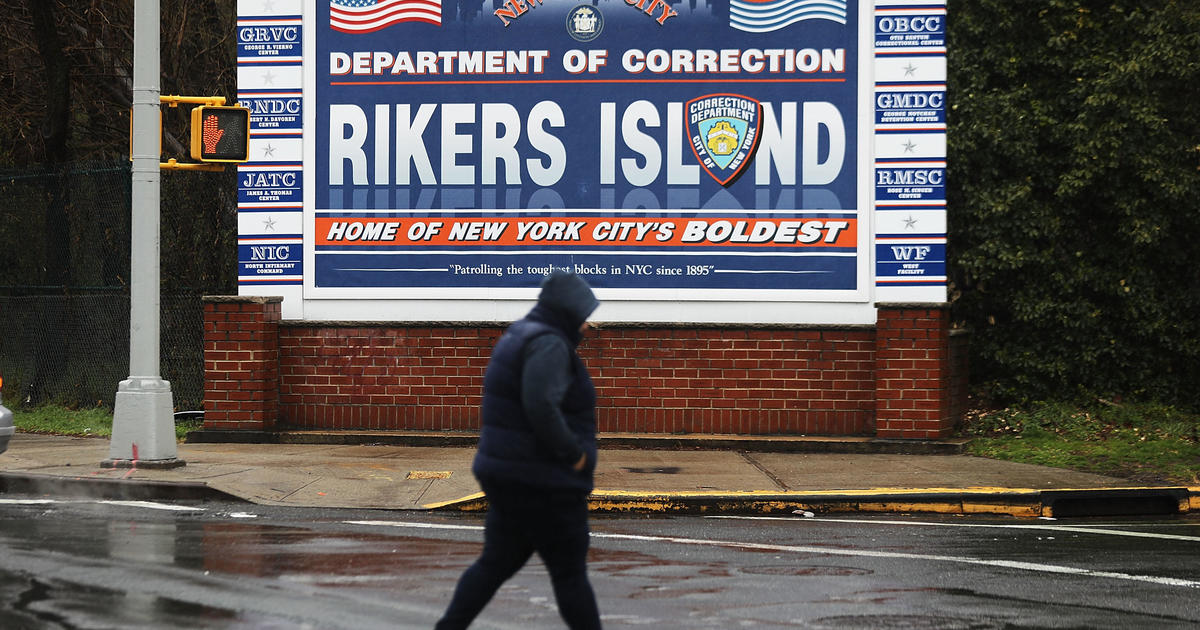New York City expanding FloodNet sensors in flood-prone neighborhoods, like Hamilton Beach, Queens
NEW YORK -- You've heard the term, "April showers bring May flowers," but those showers can sometimes lead to flooding in certain neighborhoods around New York City.
The city is investing millions of dollars into a program that tracks flooding and gives advanced warning to some of the most vulnerable areas.
When it rains, it pours in Jamaica Bay, Queens, leaving the community near Hamilton Beach often underwater.
Just a few months ago, the Christmas weekend storm that struck the city damaged homes, submerged cars and left people wading through water.
"It rivaled Hurricane Irene in 2011," said Roger Gendron, homeowner and president of the New Hamilton Beach Civic Association. "That water went into people's homes, businesses, houses of worship. People lost so much from that storm."
- Related Story: Fed up with flooding, New Yorkers demand answers from local and federal officials at town hall in Queens
Gendron said he's always looking for ways to improve the neighborhood, including preventing flooding -- or at least, helping residents plan accordingly. He credits the success of FloodNet technology, which are small, solar-powered devices that hang from stop signs and utility poles while monitoring flood conditions in real-time.
"We've been able to use that information when we're sitting down with our local elected officials and saying, 'Listen, here's an issue,'" he said.
FloodNet is a collaborative project, which started right before the pandemic, by multiple local colleges and city agencies.
"People can go online and see their local sensor, what it's reading. Not only that, it has a little bit of a scale, telling you, now we're over 4 inches, 6 inches, 8 inches, something like that," said Richard Toledo-Crow, professor at CUNY's Advanced Science Research Center at The Graduate Center.
CBS2 has learned the city is giving FloodNet $7.2 million to expand the program to more than 500 sensors, many of which will be placed on Staten Island.
"We're growing the group. We have a number of engineers, we call them sensor engineers or field engineers," Toledo-Crow said.
He said the devices also provide valuable data to the research community. He and others want to collect more information beyond flooding to improve precision readings and better understand drainage rates.
They hope policies are made for communities like Hamilton Beach and other flood-prone areas become more resilient.




